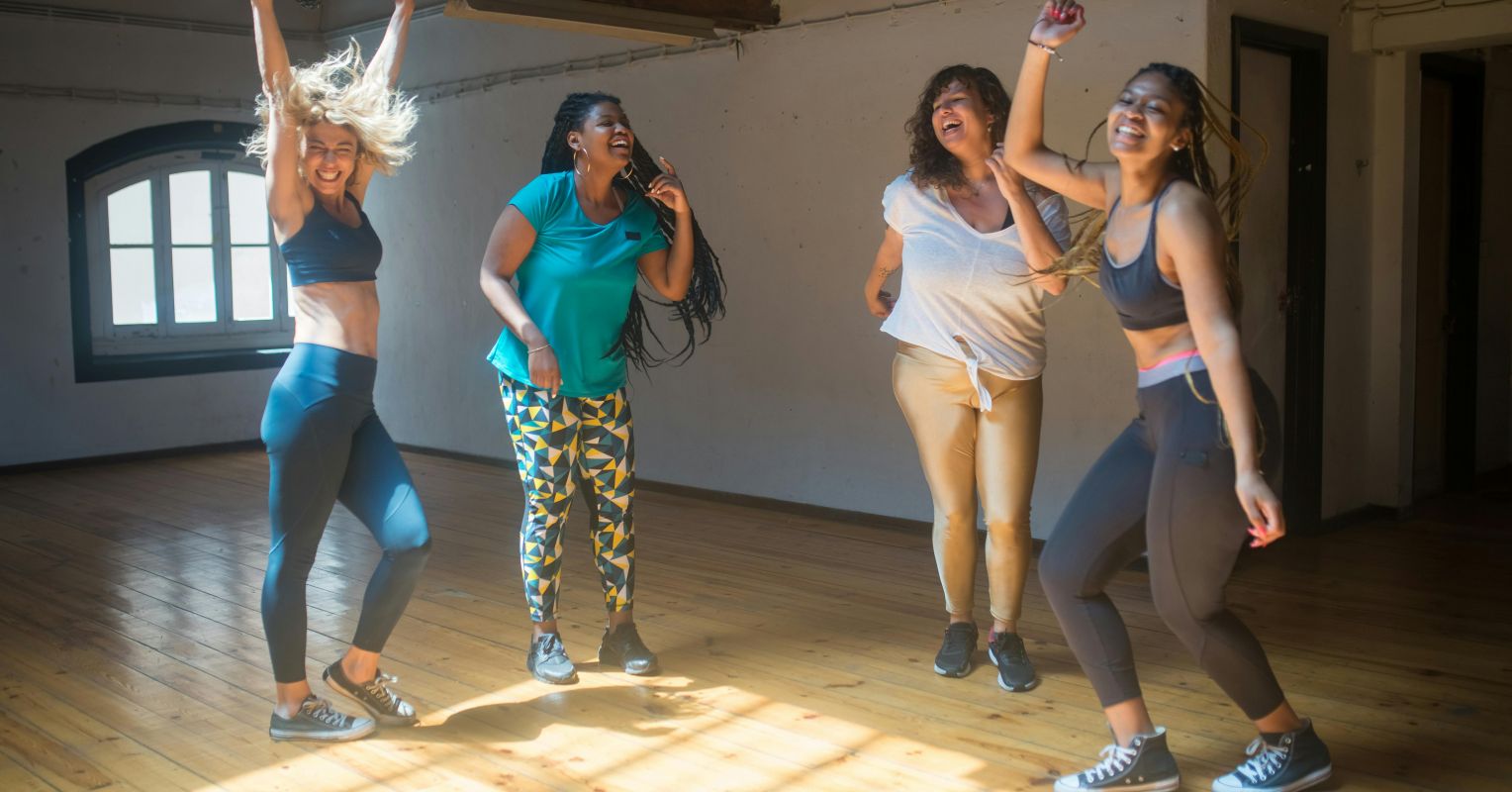
"Congregate a group of humans in a room, turn on some music with a catchy beat, and you can bet that a sizable chunk of them will start to groove in one way or another. We are irresistibly drawn to move in sync when we hear music. Why? It turns out that our ability to dance to music may be intimately connected to something seemingly unrelated: our capacity for complex speech."
"The ability to synchronize our movements to an auditory beat-what scientists call "beat perception and synchronization" or BPS-is surprisingly rare in the animal kingdom. While many animals can produce rhythmic movements (think of a horse's gallop or a bird's wing flaps), very few can adjust those movements to match an external rhythm they hear. Humans excel at this, but among our fellow creatures, parrots stand out as the most notable beat-keepers."
"What makes this parallel between humans and parrots even more intriguing is that both species share another rare trait: advanced vocal learning. Most animals are born with a fixed repertoire of sounds they can make. Some species, like songbirds and whales, can learn new vocalizations (song) by listening to and reproducing sound patterns in their environment. They are vocal learners. Humans and parrots are "advanced" vocal learners, capable of learning much more complex patterns, such as speech."
Humans commonly move in time with musical beats and show strong beat perception and synchronization (BPS). BPS is rare across the animal kingdom, because few species can adjust movements to an external auditory rhythm despite many producing rhythmic behaviors. Parrots uniquely demonstrate BPS among nonhuman animals and also display advanced vocal learning capabilities. Most animals have fixed vocal repertoires, while vocal learners acquire new sounds by imitation. The overlap of beat-keeping and vocal learning in humans and parrots suggests that the ability to dance to music may emerge from neural mechanisms supporting complex speech.
Read at Psychology Today
Unable to calculate read time
Collection
[
|
...
]